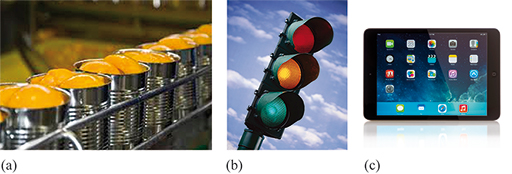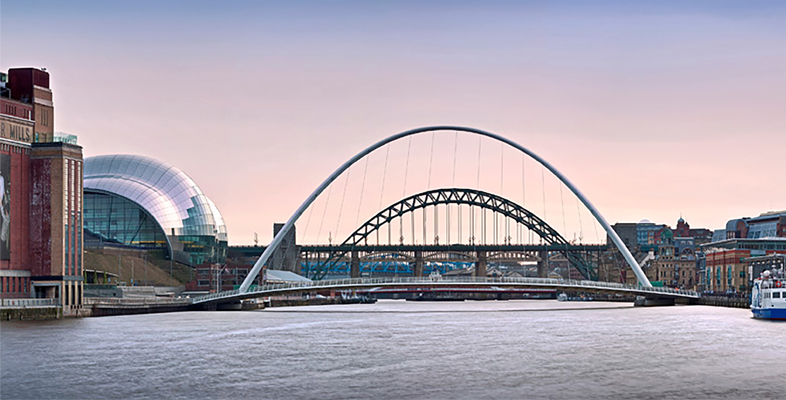3.1 Common design drivers
Here are a few examples of some common design drivers.
Box 2 Common design drivers
- To meet a need: all people have certain basic needs such as shelter, food and warmth. Meeting these needs often requires creative design and problem solving. In addition, people require more complex systems such as healthcare, education, or access to other services such as telecommunications. Needs are often immediate reasons and very strong drivers for design – everybody has needs that have to be fulfilled.
- To solve a problem: almost every time you come across a problem you use some sort of design process to create a new solution or workaround. Most problems are obvious and are identified when people encounter them. But some problems can be very complex, or might be only a symptom of an underlying problem. A creative designer can deliberately use problem finding and problem framing techniques to identify and develop potential designs.
- To fulfil a desire or demand: desires and demands are perhaps less critical than needs or problems but they are still significant drivers and have arguably become much more important in modern lifestyles globally, as average living standards increase. These are usually psychologically or socially driven factors, such as the desire to have the same (or better) product as one’s peers.
- To improve something: the need to improve something follows on from the driver of problem solving. Being able to do something better, faster or more reliably are all examples of improvement that can be significant drivers of design. In fact, much of modern product design and development is what is called incremental design, where small changes are made to existing products or systems in order to change them in some way.
- To respond to change: existing solutions to problems, needs or desires are not static – they tend to change as circumstances change. People’s desire to have the latest technology or keep up with the latest fashionable trend is a strong driver for design change. Similarly, new technologies, manufacturing or other opportunities allow designers to update and recreate existing designs. Changes to environmental conditions, such as global warming, may also require a change of approach. Design is rarely a static thing.
- ‘Just because’: while it’s true that very few design offices have the chance to simply design for the sake of it, some do engage in this speculative activity as part of their business. For example, Google and Apple both encourage staff to take time each week to work on personal projects, and many of these either inform future projects or become innovative products themselves. Of course, these individual design projects then have their own drivers, and being able to identify and explore these drivers is important.
Figures 11 and 12 show some examples of these design drivers.
In the list above, you might notice how similar many of the items appear at first. Quite often a project will have multiple drivers, and they may change over the course of the project.


Activity 4 Reasons for design drivers
Go back through the reasons you identified for the design of the object you chose in Activity 3, and identify which design drivers you think best match each reason. For each reason and driver give a brief explanation of how they relate to each other.
There are no right answers to this activity – you will have a particular opinion and view of what matters most in your chosen design. What matters is how important you think each driver might be, and that you try to see other drivers of design that you might not have thought about before.
Discussion
As before, the water bottle is used as an example. Your own answers will be different from the examples below because you will have started with different reasons and probably a different object. Look especially for those drivers that you might not have thought of initially.
| Reason from Activity 3 | Design driver |
|---|---|
| To contain water | Problem – this is the basic problem of storing water in a way that doesn’t leak. |
| To drink water from easily and quickly | Need – this is the basic need – to drink! |
| To be a good size and shape to be held in a hand | Desire – this is something that is desirable, but it’s not absolutely essential. |
| To work immediately and without breaking, spilling or leaking | Improve – bottle design is changing all the time and some are better than others at reducing spills. |
| To be a cheap solution for the person using it | Change – it perhaps responds to new ways of manufacture? Or new materials? |
| To be a cheap product to manufacture for the company | Need or desire – not sure, it depends on the company’s driver? |
| To have sufficient strength and structural integrity to resist loads due to stacking while on display, in storage and during transportation | Problem – this is the problem of moving the bottles around without breaking them. |
| To be readily compacted for ease of recycling | Improve – this helps make the bottle production more sustainable. |
In Activities 2 and 3 you concentrated on products, but design drivers apply to system and service design as well. Most products also require consideration of systems or services to operate effectively. For example, the demand for electricity in the UK requires multiple elements to be designed: not just physical products (such as those shown in Figure 6), but also systems and services to organise and regulate the supply. Each of these aspects of a design project will also have particular drivers and it is important to keep these in mind when working on any design project.
A key design skill is the ability to recognise different types of design driver and use them to identify creative opportunities and possibilities. Whenever you come across a problem in real life, you have probably found a driver for design.
